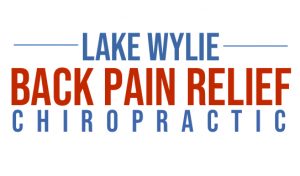Because the spinal cord is housed by the spine and the exiting nerve roots communicate with the autonomic nerves that basically run our organ function, maintaining alignment of the spine and pelvis is very important to minimize nerve irritation and subsequent health-related problems. The focus of this article is on leg length, its effect on our posture, methods of assessment, and treatment.
Leg length plays and important role in posture. When there is a difference in leg length, the pelvis cannot maintain a level position, and because the spine’s base is the pelvis, it cannot stay straight if there is a leg length discrepancy. Doctors of all disciplines realize the importance of leg length, especially orthopedic surgeons as they consider a hip or knee replacement! There are many causes of leg length issues, and some include a genetic predisposition (inherited) or trauma during bone growth years.
From a treatment standpoint, a heel lift (with or
without arch supports) can be placed into the shoe on the short leg
side. Unfortunately, there is not a 1 to 1 mm correction of the leg
length deficiency with heel lifts. In adults, it has been reported that
about a 66% correction occurs, which means a 10 mm lift would result in
around a 6.6mm leg length deficiency correction. Many doctors have found
that it is usually wise to GRADUALLY increase the amount of heel
lifting, and so patients often start with a 5mm lift and at one week
intervals, increase it to the next height, such as 7mm, followed by 9mm,
and so on. At 12mm (0.5”), problems with the heel lift being pushed out
of the shoe and/or sliding forwards in the shoe may prohibit the use of
these thicker lifts after which point the bottom of the shoe can be
built up by a shoe cobbler (some services can be found online as well).

